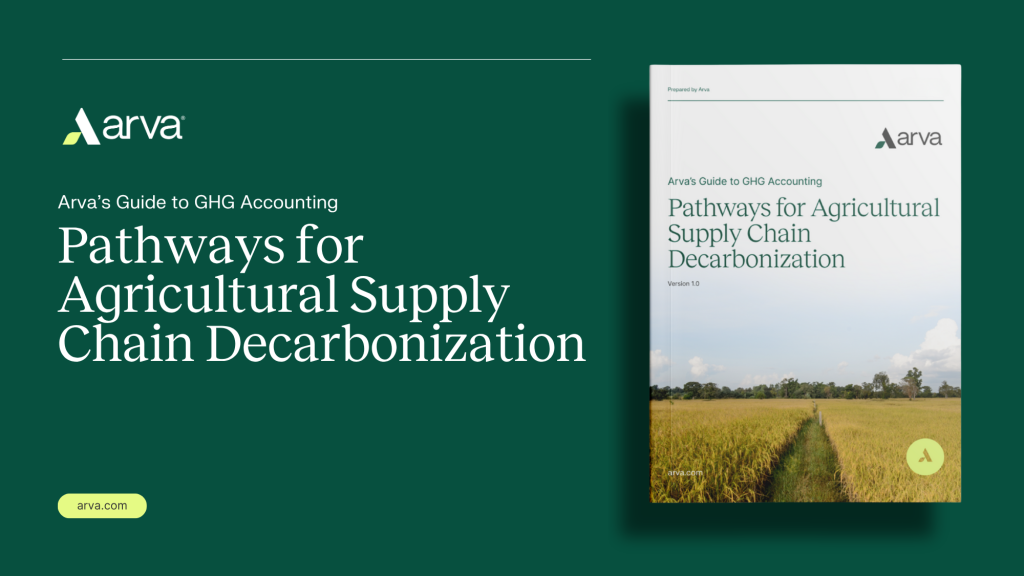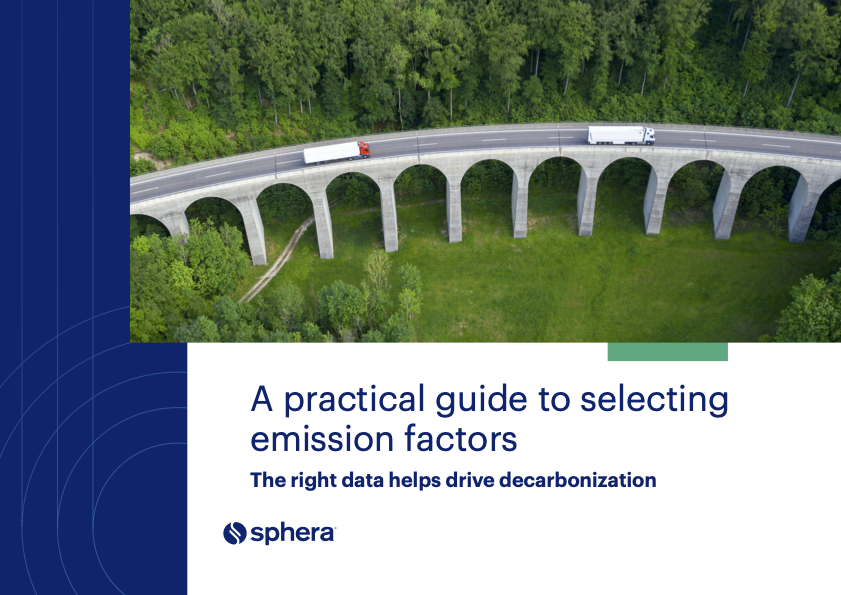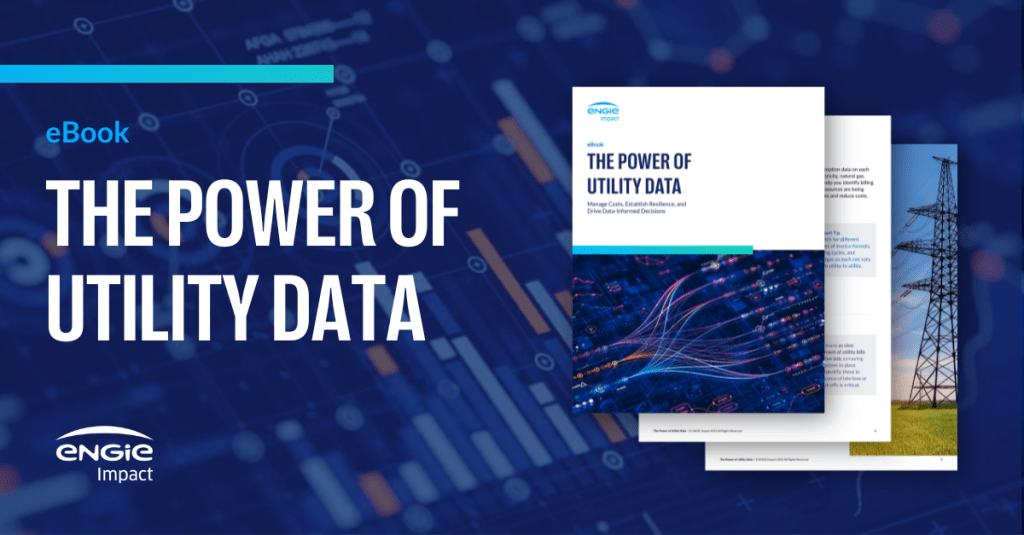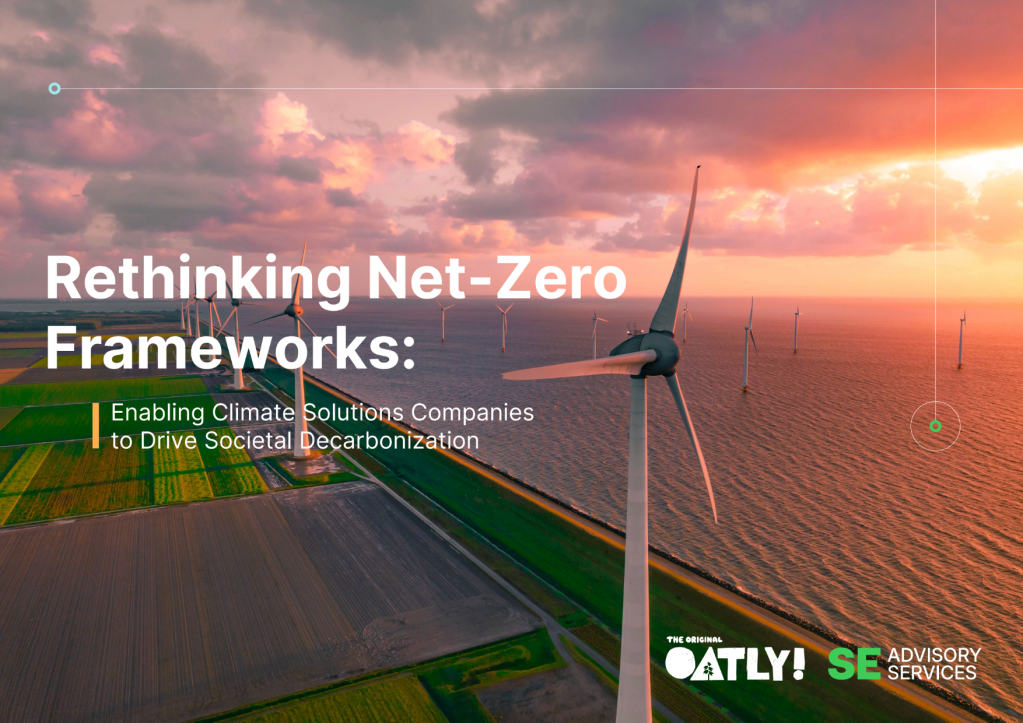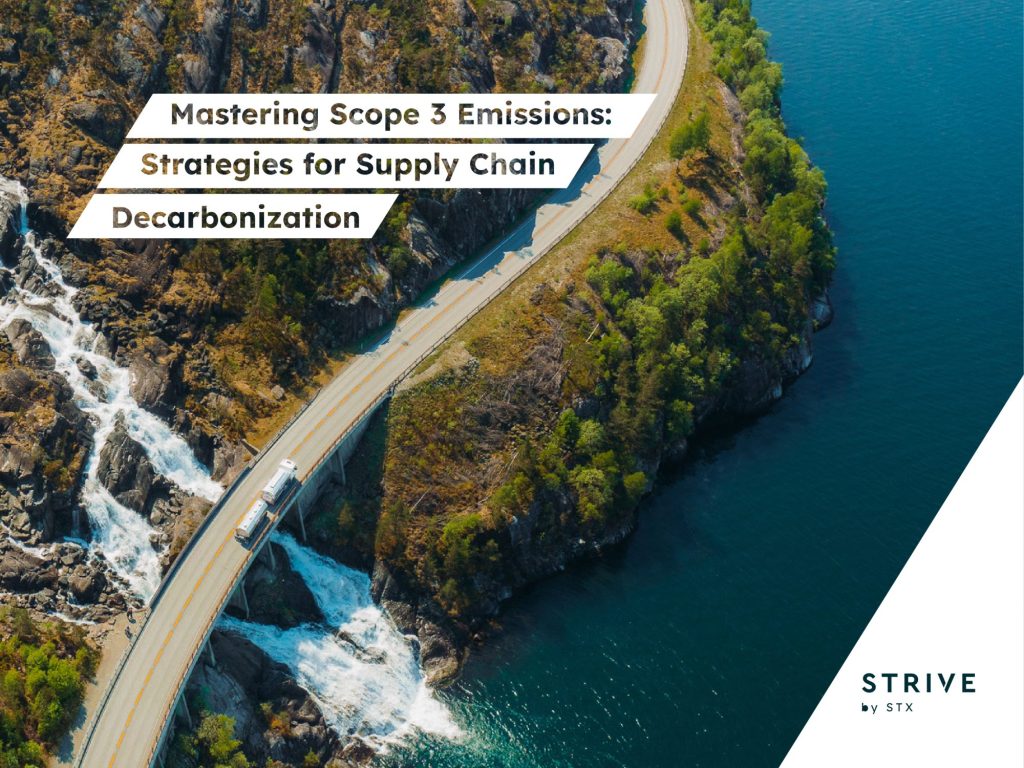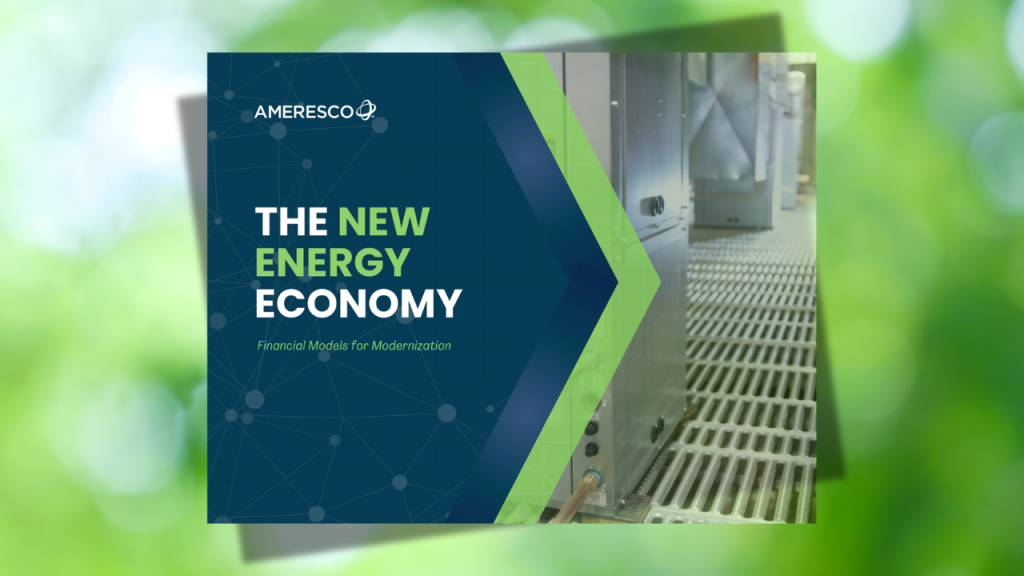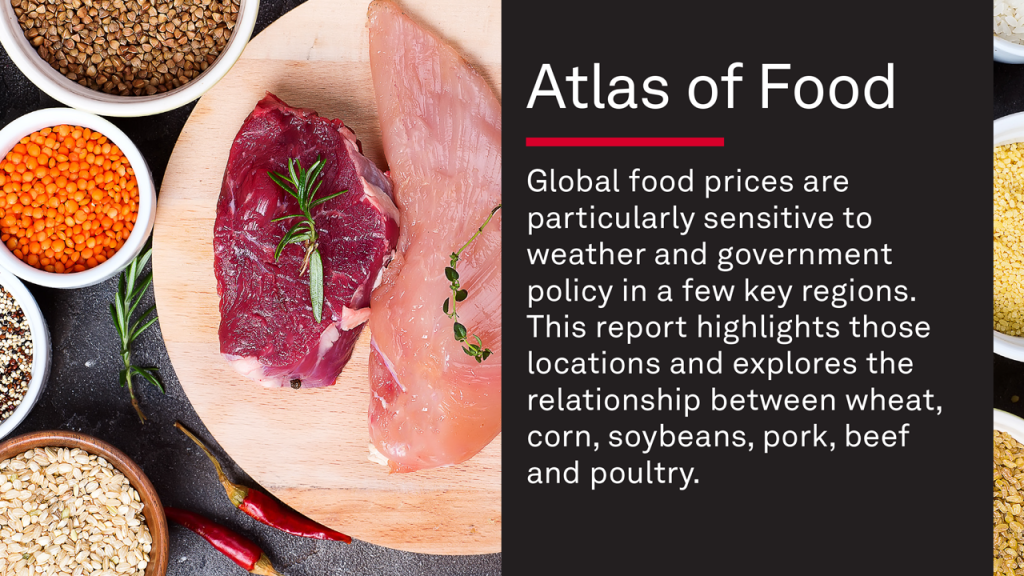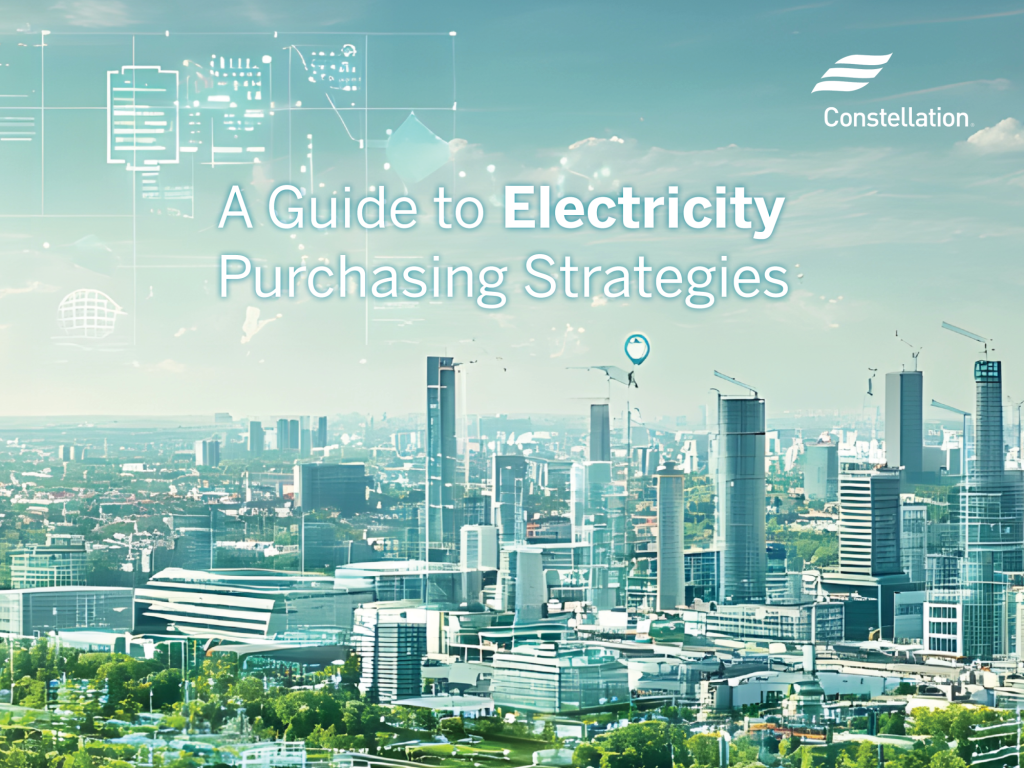Why Kenya is setting the bar for climate investing in Africa
The Pride of Africa has one of the greenest grids on the planet. Read More
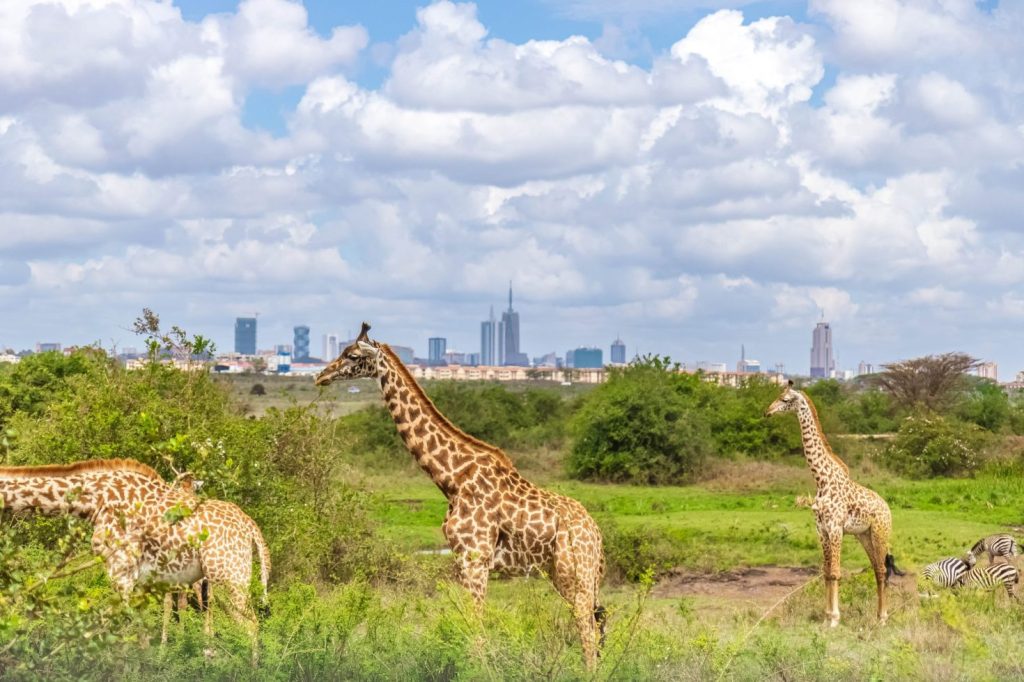
- Kenya benefits from one of the greenest grids on the planet, with 90 percent renewable energy generation.
- A robust and diversified financial sector that includes credit unions and the Nairobi Stock Exchange provide climate investing opportunities to investors.
- Kenya’s incubators and venture capital funds are increasingly supporting climate-smart companies in transportation, agriculture and energy.
The opinions expressed here by Trellis expert contributors are their own, not those of Trellis.
The Global South — home to most of the world’s population — is where most of the planet’s economic growth and greenhouse gas emission growth is taking place. In the runup to COP30 in Brazil later this year, we explore how a sample of these economies are shaping climate financing.
Kenya is known as the Pride of Africa, thanks to its wildlife tourism, successful marathoners and bustling economy. And when it comes to climate financing, that moniker also rings true due to a clean electric grid and thriving climate innovation culture.
While the average electricity access for East Africa hovers around 56 percent, electricity access is at 90 percent in Kenya, with 20 percent of households using solar mini grids or standalone renewable energy systems for their electricity needs.
Thanks to leveraging geothermal resources and growing solar and wind capacity, Kenya’s grid is 90 percent clean. The government of Kenya has set a goal to reach 100 percent renewable energy generation by 2030. This goal makes Kenya stand out as a gem to locate low-carbon manufacturing, attracting companies such as Enda running shoes and East African Cables.
The major challenge in transforming Kenya’s electricity system to support massive clean manufacturing and livelihoods is increasing the reliability and capacity of the grid. The government has set a goal to expand grid capacity to 100 GW – up from its current 3.3 GW – by 2040, which could require an estimated $40 billion in investment. Last year, new regulations opened up access to private companies to invest and run transmission and distribution networks. Like in the case of Indonesia, expanding and reinforcing the capacity of the grid could be an attractive investment for both local and global investors.
A new wave for land use and food systems
The land use side of the climate equation– where climate investors and corporations often look to invest — hasn’t progressed as quickly as the energy side of Kenya: over 75 percent of Kenyan soil is degraded and forest cover remains low.
Goals to improve both exist, with the goal of a minimum forest cover of 10 percent by 2030 and strategies for agroecology that centers community-driven innovation. This is critical, as Kenya is home to a number of commodity industries and food crops that are important in global trade, including cut flowers, avocados, coffee and black tea, for which Kenya is the world’s largest exporter.
Land use thus presents opportunities to align with agroecology and regenerative principles. Special credit providers in East Africa such as SHONA Capital are increasingly supporting climate-friendly food systems’ small and medium-sized enterprises.
An investor-friendly environment for climate mitigation
There’s a plethora of climate action opportunities for retail and institutional investors in Kenya. Credit unions, known as Savings and Credit Co-operative Societies (SACCOs), are increasingly providing loans for climate-friendly activities, such as solar energy for rural customers. Reform is underway to insure SACCO deposits, which could further attract retail capital. Some SACCOs even specialize in attracting diasporic capital, tapping into the approximately 3 million Kenyans who live overseas. The diaspora can be thought of even wider than that if one includes the 350 million Afro-descendent people living outside of the African continent.
A number of incentives exist to attract investment across Kenya’s sustainable development goals, including climate action. Export processing zones provide a 10-year corporate tax holiday and exemptions on import duties and VAT for export-oriented firms; special economic zones allow investors tax holidays of up to 10 years, duty-free capital imports, and simplified licensing.
Looking ahead
Kenya is arguably the tech capital of East Africa. Nairobi is home to many startup incubators, accelerators, venture studios and venture capital funds, including those dedicated to pursuing sustainability and climate action. Foreign and domestic firms including Persistent Energy, Melanin Kapital and DRK Foundation have chosen Nairobi as regional headquarters for such activity.
Agriculture fintech providers such as Apollo Agriculture have enabled smallholder farmers to improve land productivity outcomes through instant credit. Pay-as-you-go solar providers, such as Kenya-founded M-KOPA, have helped unlock the solar market in Kenya and many other African countries. Motorcycles are increasingly electric and companies such as BasiGo are expanding electric bus networks along with charging stations along key routes.
Fixing high-emission landfills is another climate investment opportunity. Kenya hosts the largest landfill in East Africa of Dandora. Converting this landfill into a waste-to-energy operation, for example, would be a useful public-private partnership.
The opportunities for multinational and local investors to take action by leveraging Kenya’s unique climate position are abundant. Whether through sustainable bond issuances, the stock market or bank and credit union products, investors would be remiss to overlook Kenya.

Subscribe to Trellis Briefing
Featured Reports

The Premier Event for Sustainable Business Leaders




